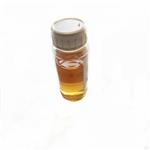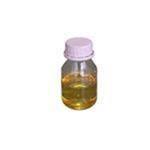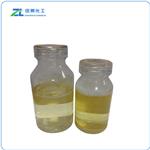
ISOEUGENOL
- Product NameISOEUGENOL
- CAS97-54-1
- CBNumberCB8133429
- MFC10H12O2
- MW164.2
- EINECS202-590-7
- MDL NumberMFCD00009285
- MOL File97-54-1.mol
- MSDS FileSDS
Chemical Properties
| Melting point | -10 °C |
| Boiling point | 266 °C |
| Density | 1.082 g/mL at 25 °C |
| vapor density | >1 (vs air) |
| vapor pressure | <0.01 mm Hg ( 20 °C) |
| refractive index | n |
| FEMA | 2468 | ISOEUGENOL |
| Flash point | >230 °F |
| storage temp. | -20°C |
| solubility | Benzene (Slightly), Chloroform, Methanol (Sparingly) |
| form | Viscous Liquid |
| pka | 10.10±0.31(Predicted) |
| color | Clear yellow |
| Odor | at 100.00 %. sweet spicy clove woody allspice carnation floral |
| Odor Type | spicy |
| biological source | synthetic |
| Merck | 14,5171 |
| JECFA Number | 1260 |
Safety
| Symbol(GHS) |

|
|||||||||
| Signal word | Warning | |||||||||
| Hazard statements | H302+H312-H315-H317-H319-H335 | |||||||||
| Precautionary statements | P261-P264-P280-P301+P312-P302+P352+P312-P305+P351+P338 | |||||||||
| Hazard Codes | Xn | |||||||||
| Risk Statements | 22-36/37/38-43 | |||||||||
| Safety Statements | 26-36-36/37-24/25 | |||||||||
| RIDADR | UN1230 - class 3 - PG 2 - Methanol, solution | |||||||||
| WGK Germany | 2 | |||||||||
| RTECS | SL7875000 | |||||||||
| TSCA | Yes | |||||||||
| HS Code | 29095000 | |||||||||
| Hazardous Substances Data | 97-54-1(Hazardous Substances Data) | |||||||||
| Toxicity | LD50 orally in rats: 1560 mg/kg (Jenner) | |||||||||
| NFPA 704: |
|



